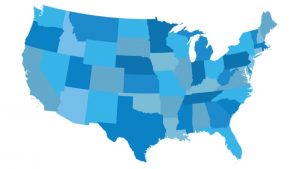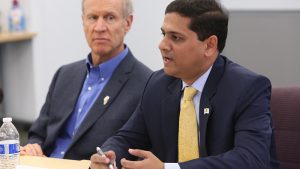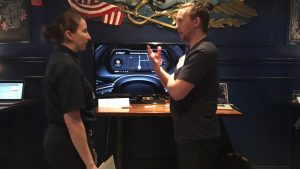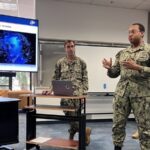The National Association of State Technology Directors (NASTD) is bringing on new leadership. Late last week, the organization announced that John Hoffman, CTO for the Texas Department of Information Resources (DIR), will take over as NASTD president. At DIR, Hoffman is tasked with providing comprehensive strategic planning for the agency. He also has 25 years of experience in the wired and wireless communications fields and has held positions in network operations and integration, field operations, and program management.
Email authentication technologies provider Valimail said today it will provide its email anti-fraud service free of charge to state boards of election, voting system vendors, and major-party U.S. election campaigns.
Verizon is walking the talk on innovation–appointing a new innovation czar to infuse next-generation technologies into its public sector and education offerings.
Illinois CIO Hardik Bhatt announced that he is leaving the public sector for a new role at Amazon. While he didn’t discuss specifics of his new role, Bhatt said he would be joining a new public sector-facing team primarily focused on the Internet of Things (IoT), transportation, and smart cities.
Microsoft announced the launch of its Smart Cities for All Toolkit, a guide that helps city leaders combine technology and smart city initiatives to benefit their citizens, with a particular focus on residents with a disability.
First responders said they are both cautious and optimistic about introducing their departments to some of the latest first responder technology, which was demonstrated at a Department of Homeland Security-sponsored event March 1.
New York City’s Tech Talent Pipeline was founded in 2014 to connect New Yorkers with tech jobs and training. Last week, Mayor Bill de Blasio, who created the TTP, announced an expansion of the program with a $1 million investment and new partnerships.
A new technology will make telemedicine more effective by giving physicians a way to get visually closer to patients.
Though some areas of the country have become famous for high-tech innovation–such as Silicon Valley, Austin, Texas, and Seattle–all congressional districts in the U.S. have both investments and contributions in the high-tech space and should be treated as such, according to a recent report by the Information Technology Innovation Foundation.
Recent cloud adoptions have enabled government agencies, both on the Federal and state and local levels, to process data much faster than before, and those cloud services are becoming easier to get, according to panelists at the Microsoft Government Cloud Forum.













